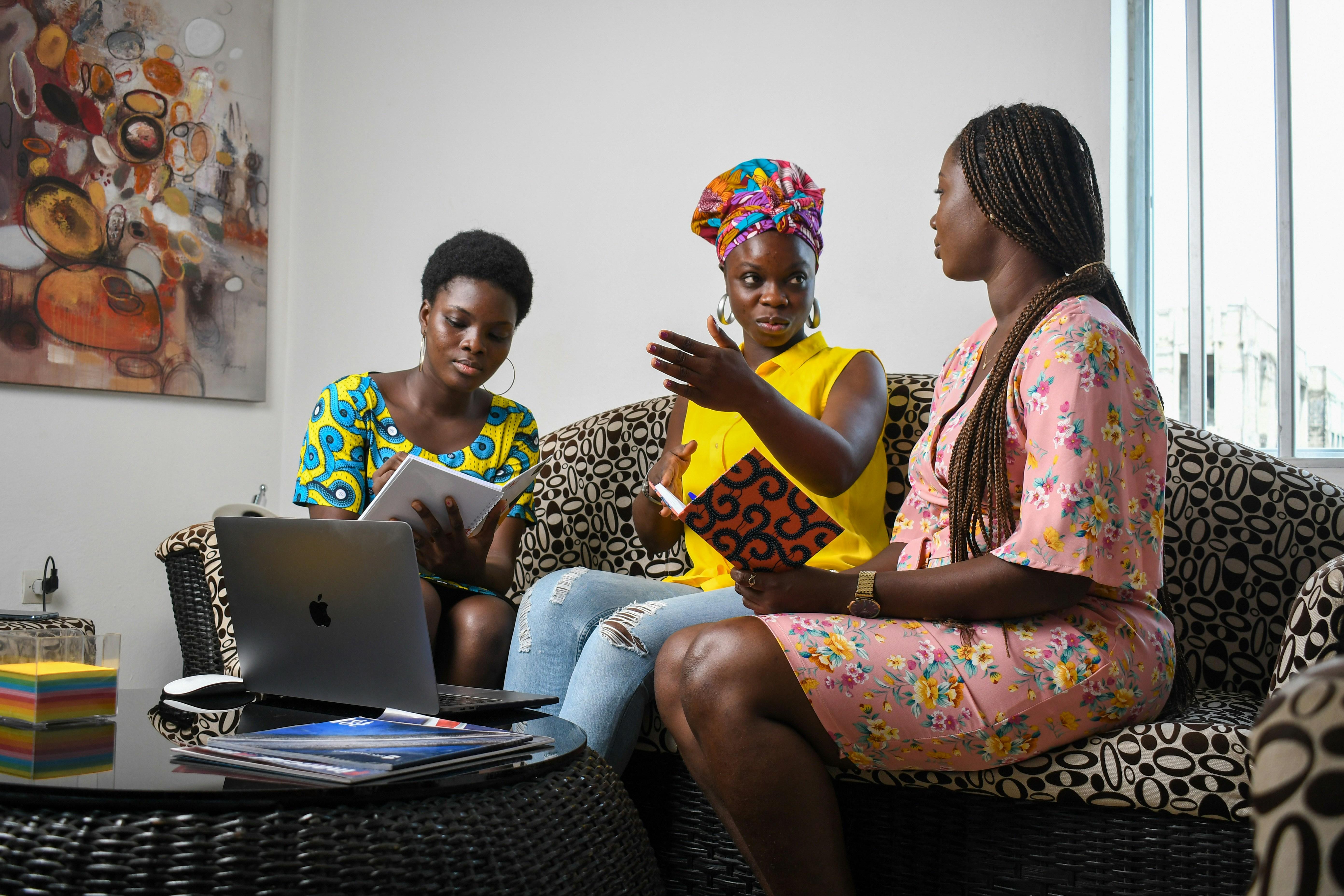In recent years, Hollywood has witnessed a transformative shift in its narrative landscape, driven in large part by the rising influence of female directors. This evolution comes against the backdrop of a historically male-dominated industry, where stories have often been filtered through a singular lens. As more women step behind the camera, they bring with them a wealth of diverse perspectives and experiences that challenge conventional storytelling norms. This infusion of fresh voices is not only reshaping the types of stories being told but also redefining how audiences connect with film. In this critical examination, we explore how female directors are breaking new ground, the unique challenges they face, and the broader implications of their burgeoning presence in Hollywood’s storytelling arena. Female Directors Challenging Traditional Storytelling Frameworks”>
Female Directors Challenging Traditional Storytelling Frameworks”>
Female Directors Challenging Traditional Storytelling Frameworks
In recent years, a new wave of female directors has emerged, breaking away from conventional narrative structures to create films that are as innovative as they are insightful. These directors are redefining storytelling by focusing on unique perspectives and underrepresented voices, challenging the status quo of Hollywood’s traditional frameworks. This shift has led to the creation of narratives that are more inclusive and reflective of diverse experiences.
- Emotional Depth and Complexity: Female directors are infusing their stories with emotional depth, offering complex characters that defy stereotypical roles.
- Non-linear Narratives: By experimenting with non-linear storytelling, these directors are crafting films that engage audiences in novel ways, encouraging them to piece together narratives and discover hidden meanings.
- Emphasis on Relational Dynamics: There is a strong focus on relationships and interpersonal dynamics, portraying them with authenticity and nuance.
- Exploration of Identity: Many of these filmmakers delve into themes of identity and self-discovery, providing a platform for voices and stories that have been historically marginalized.
The impact of these directors is evident not just in the content of their films but also in the growing demand for more inclusive storytelling within the industry. By challenging traditional frameworks, they are not only reshaping narratives but also paving the way for future generations of filmmakers to explore new creative possibilities.
 Diverse Voices in Film Narratives”>
Diverse Voices in Film Narratives”>
Empowering Diverse Voices in Film Narratives
In recent years, Hollywood has witnessed a profound transformation, largely driven by the increasing influence of female directors. This shift is not just a matter of representation but a powerful reimagining of storytelling that challenges traditional norms and broadens the cinematic landscape. Female directors bring a diverse range of perspectives that enrich narratives with layers of complexity and authenticity, allowing audiences to experience stories that resonate on a deeper emotional level.
As these directors take the helm, they are pioneering new genres and styles, often focusing on themes that have been historically overlooked or underrepresented. Their works often explore:
- The intricate dynamics of gender and identity
- Complex relationships beyond conventional romance
- Stories centered around marginalized communities
Moreover, their influence extends beyond the screen, as they advocate for more inclusive practices in casting and production. This evolution is not just reshaping Hollywood; it is setting a precedent for a global film industry that values diverse voices and narratives, ultimately leading to richer and more varied storytelling.
Innovative Storytelling Techniques Adopted by Women Filmmakers
Female directors are redefining the cinematic landscape by introducing groundbreaking storytelling techniques that challenge traditional Hollywood narratives. These innovators employ a variety of methods to breathe new life into the art of storytelling, focusing on underrepresented voices and perspectives. By prioritizing authenticity and emotional depth, they create narratives that resonate on a personal and societal level. Chloé Zhao, for instance, employs a docu-fiction style that blends reality with narrative filmmaking, capturing the raw essence of her subjects. Greta Gerwig reimagines classic tales by infusing them with contemporary themes, offering a fresh perspective on familiar stories.
- Non-linear storytelling: Directors like Lynne Ramsay utilize fragmented timelines to reflect the complexity of human memory and emotion.
- Visual symbolism: Sofia Coppola often uses lush, atmospheric visuals to convey mood and character development without relying heavily on dialogue.
- Collaborative authorship: Female filmmakers often emphasize collaborative processes, encouraging input from a diverse team to enrich the narrative.
These approaches not only diversify the types of stories being told but also challenge the audience to engage with cinema in new and thought-provoking ways. By doing so, women filmmakers are not just reshaping narratives but are also paving the way for a more inclusive and dynamic film industry.

Strategies for Supporting and Promoting Women Directors in Hollywood
In an industry historically dominated by male voices, supporting and promoting women directors requires deliberate and multifaceted strategies. Mentorship programs are essential, pairing emerging female directors with seasoned industry professionals who can offer guidance, open doors, and provide valuable insights into the intricacies of filmmaking. These programs not only build confidence but also foster a sense of community among women in the industry.
Moreover, the role of film festivals cannot be underestimated. By prioritizing gender parity in their selection processes, festivals can shine a spotlight on female talent and help them gain the recognition they deserve. Advocacy groups also play a crucial role by lobbying for equitable hiring practices and raising awareness about gender disparities. Lastly, audiences can support female directors by choosing to watch and promote films made by women, thereby driving demand and encouraging studios to invest in diverse storytelling.
- Mentorship Programs: Connect newcomers with experienced mentors.
- Film Festivals: Ensure gender parity in film selections.
- Advocacy Groups: Campaign for equal hiring and representation.
- Audience Support: Encourage viewing and promotion of films by women.
